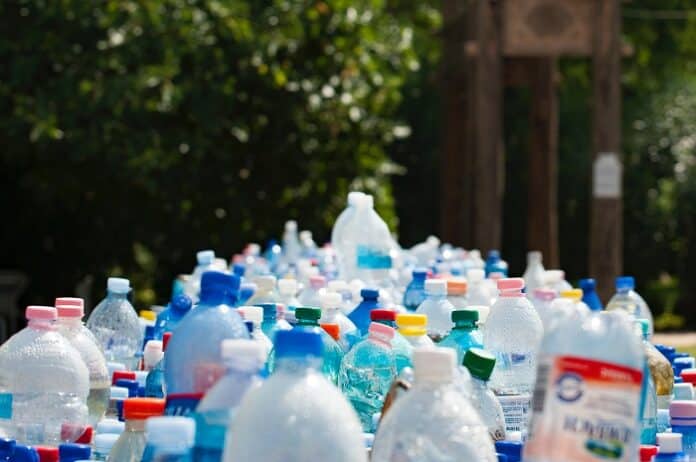The landscape of waste management is multifaceted, with biohazardous waste taking up a substantial part. Properly disposing of biohazard waste is an essential aspect of environmental health and safety. By comprehending the intricacies of the waste management process and adhering to specific protocols, one can make considerable strides in environmental conservation and public health promotion.
Understanding Biohazard Waste
Biohazard waste, or biomedical waste, refers to any waste that potentially contains infectious materials or has the capability of spreading diseases. This category includes waste from healthcare facilities like hospitals and laboratories, veterinary clinics, research centers, and other institutions dealing with biological materials. Biohazard waste may include sharps, human tissues, blood and other bodily fluids, microbiological waste, animal waste, and even certain laboratory chemicals.
Addressing the Biohazard Waste Disposal Challenge
In handling biohazard waste, there are many challenges to tackle. One of the major issues is the lack of proper biohazard waste disposal methods and adherence to established protocols. Each type of biohazardous waste requires specific treatment to ensure the safety of individuals handling it and to prevent adverse environmental impacts.
Sharps, like needles and syringes, are typically placed in puncture-resistant containers to prevent accidental injuries, followed by either autoclaving (steam sterilization) or incineration. Human tissues and other pathological wastes are incinerated, while laboratory waste is often chemically treated or autoclaved. Blood, blood products, and other body fluids may be treated with chemical disinfection, microwave radiation, or other recommended methods before disposal.
The Role of Regulations and Training
Regulations play a significant role in biohazard waste management. Several international, national, and local regulations provide guidelines on correctly handling and disposing of this type of waste. For instance, the U.S. Occupational Safety and Health Administration (OSHA) has established specific standards for managing biohazardous waste, including training for those who generate and handle such waste.
Training familiarizes individuals with the regulations and equips them with knowledge of waste identification, handling, segregation, packaging, and transportation. By adhering to training protocols and regulations, healthcare facilities and other institutions can help minimize risks associated with biohazard waste.
Environmental and Public Health Impacts
The improper handling and disposal of biohazard waste can pose serious environmental and public health risks. It can contribute to air, soil, and water pollution, thus affecting various ecosystems. Moreover, illegal dumping of untreated biohazard waste can create hotspots for the spread of infectious diseases.
On the human front, mishandling biohazard waste can expose healthcare workers, waste handlers, and the community to infections and injuries. Therefore, a stringent waste management system becomes imperative to reduce these risks.
The Future of Biohazard Waste Management
While the current methods are effective, they are not without flaws. There is a growing need for more sustainable and less hazardous ways to deal with biohazard waste. Researchers worldwide are exploring technologies such as plasma pyrolysis, which could provide a more environmentally friendly way of handling this waste.
Adopting a Circular Economy Approach
An emerging trend in waste management is the concept of the circular economy, where waste is not just discarded but reused or recycled into other products. Several companies are exploring opportunities to recover precious metals from medical waste or recycle plastics from biohazard containers.
Conclusion
Properly managing biohazard waste is a complex but necessary task underpinned by regulations, adequate training, and public awareness. As we move forward, sustainable methods and innovations like the circular economy approach could significantly contribute to the effective and environmentally friendly disposal of biohazard waste. The crux of the matter lies in everyone playing their part in ensuring responsible waste disposal to protect our health and the environment.





